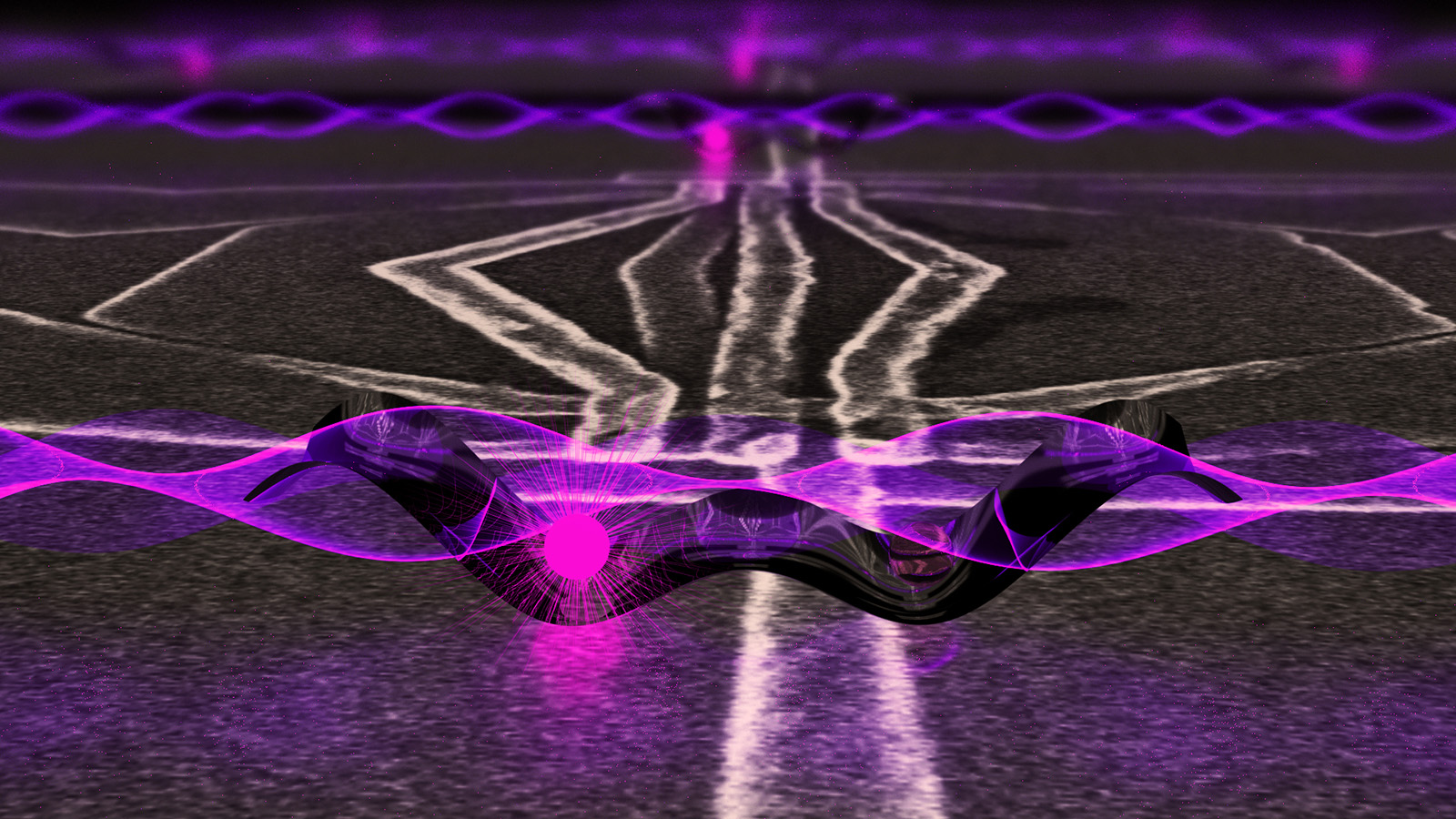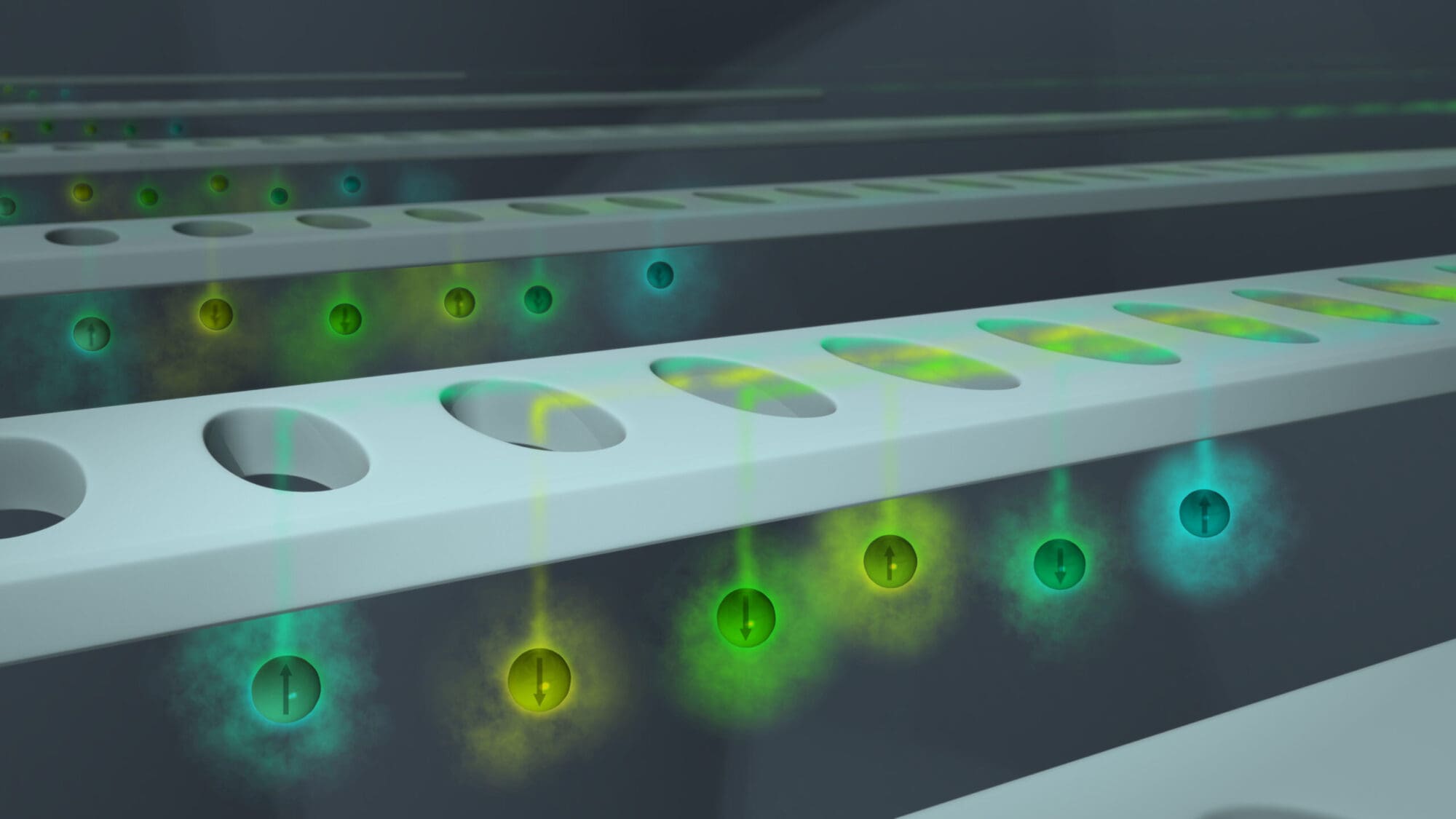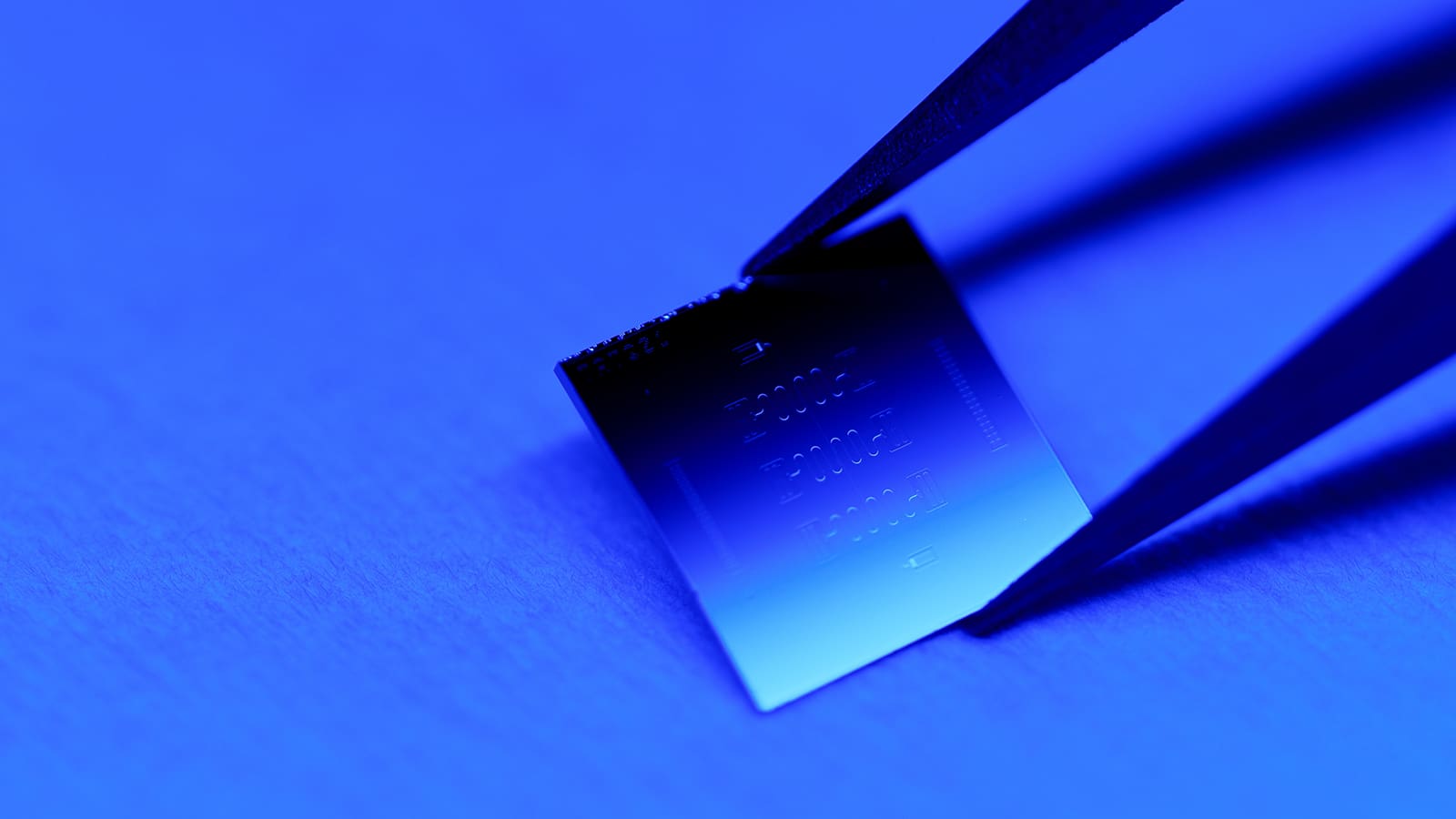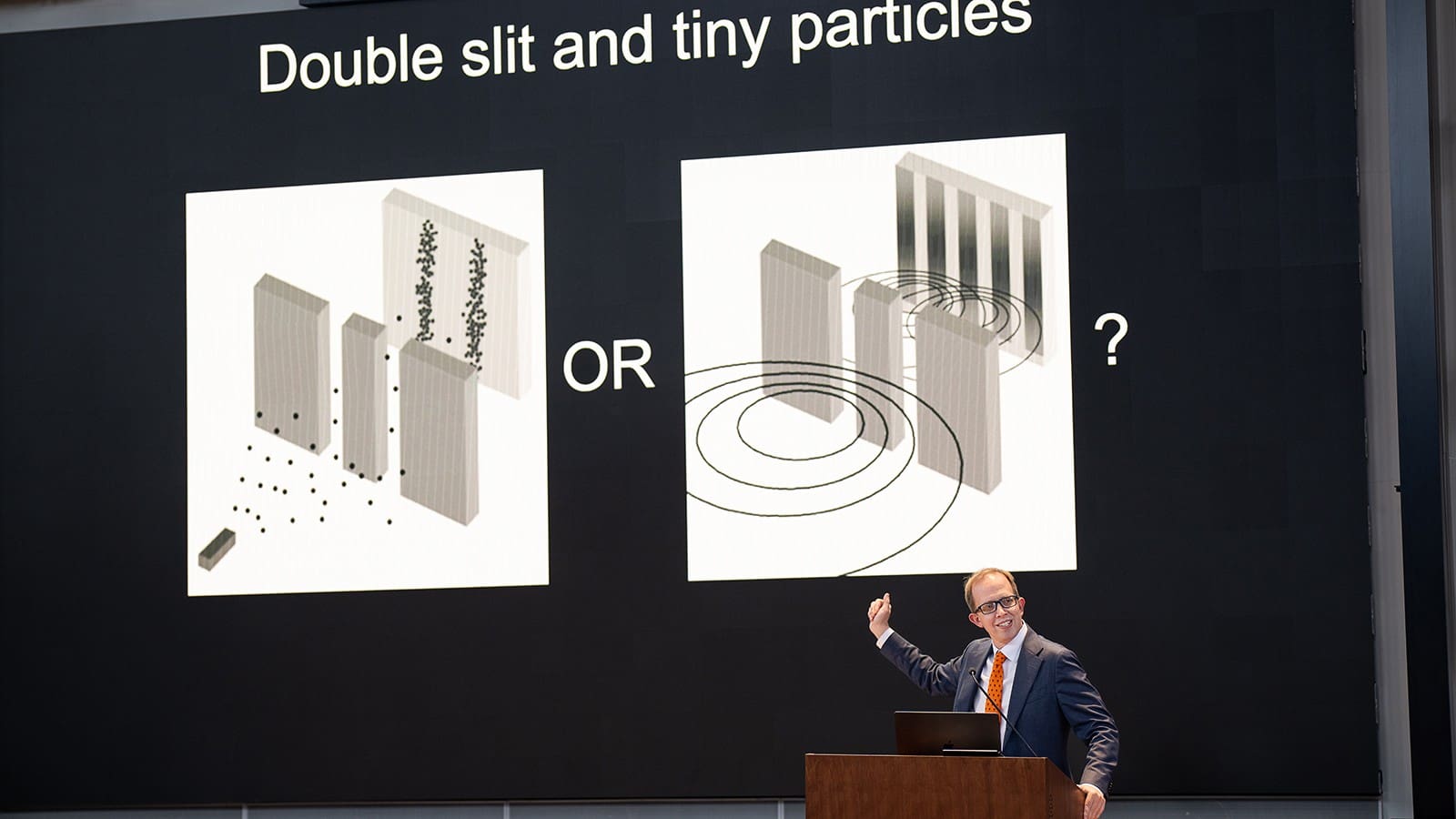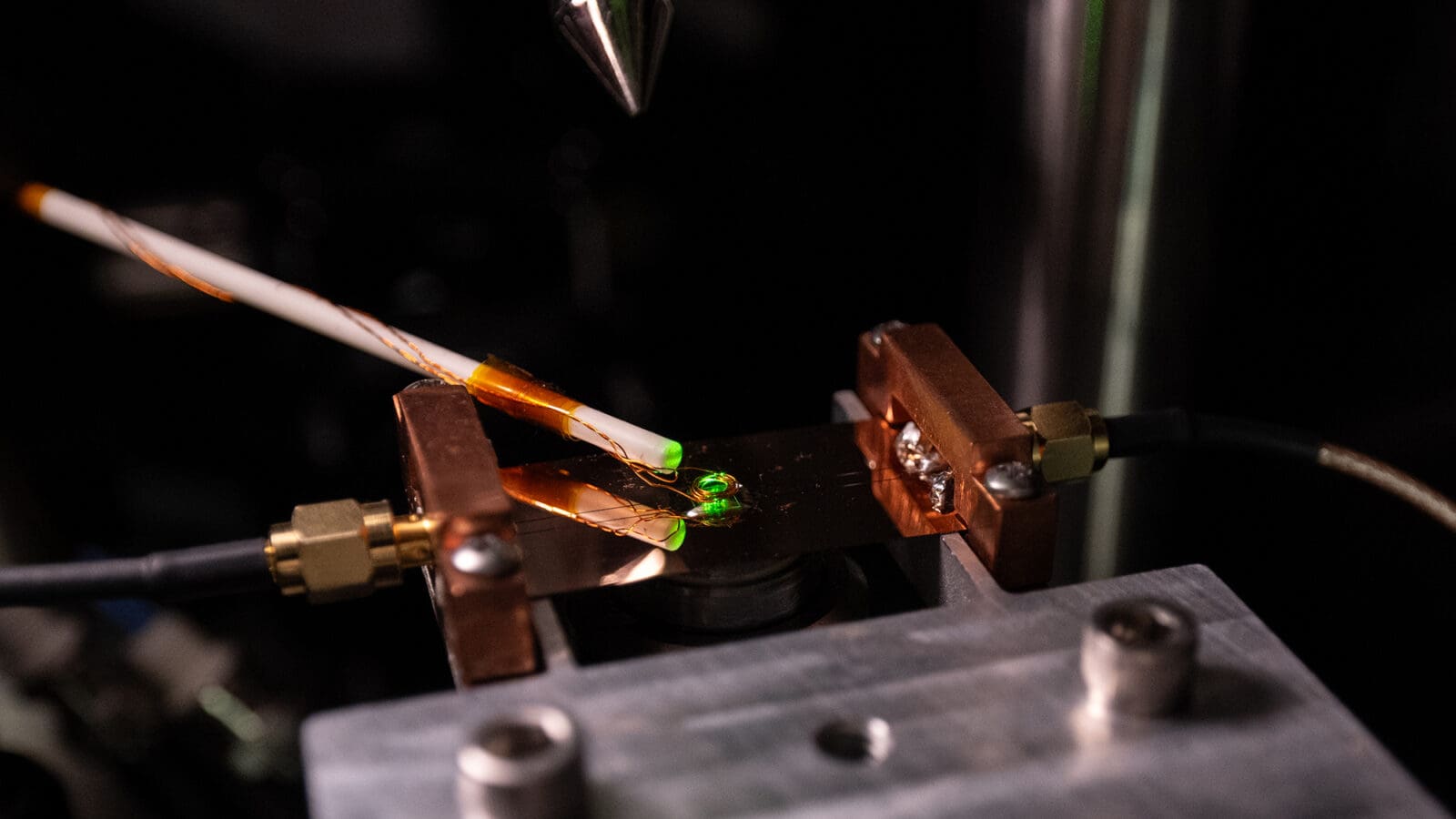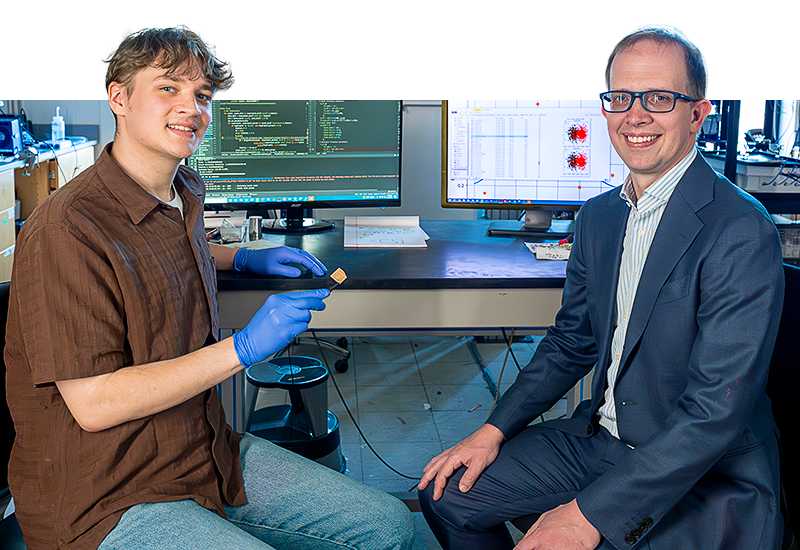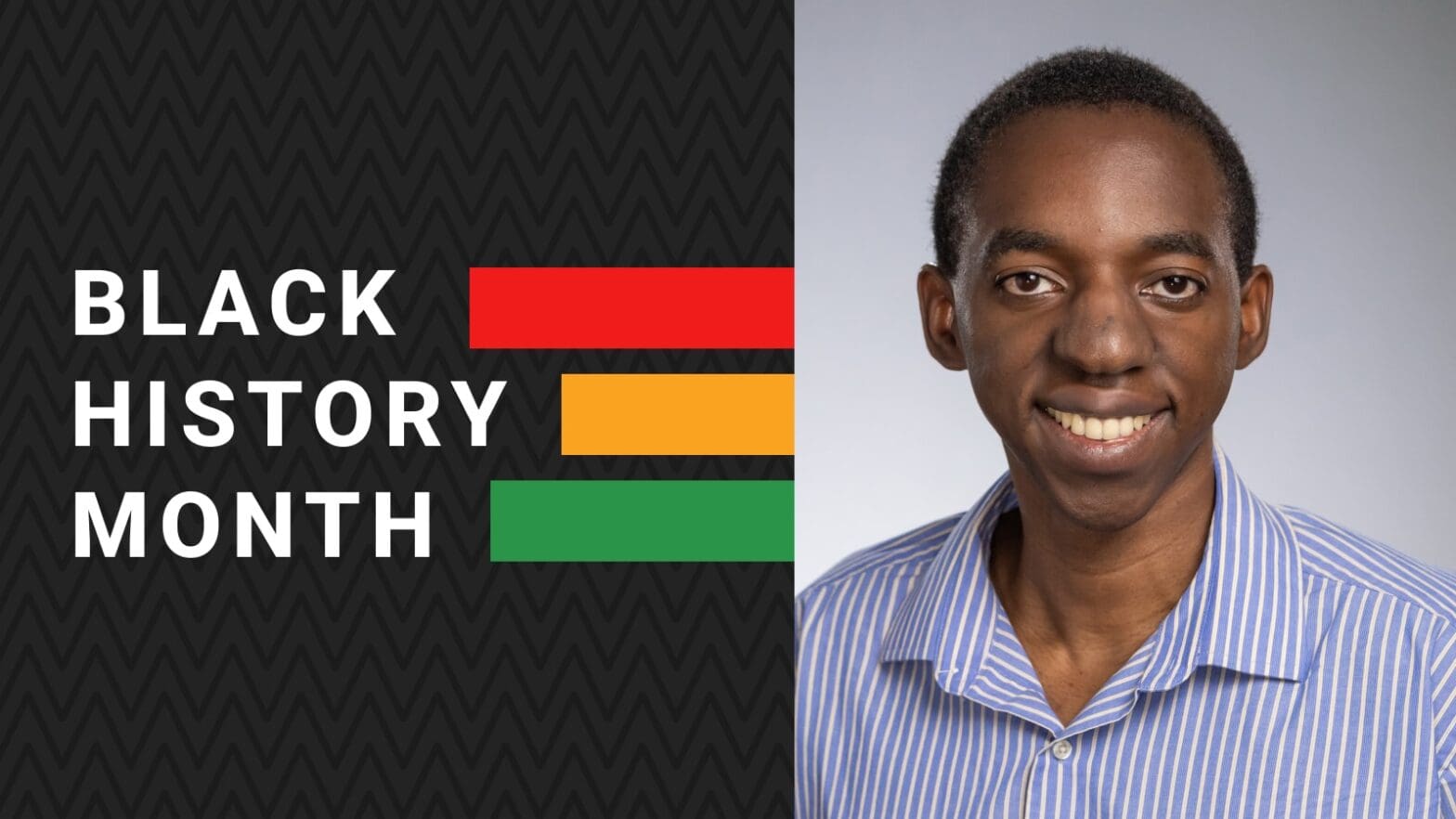
Physicist points his passions toward the promise of quantum computing
By
on
This is from the series Black History Month
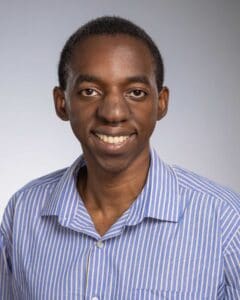
His work is driven by the prospect of a quantum computer that would use small defects in materials to transmit and store information. By solving currently intractable problems, such a machine “would lead to tremendous advances in our ability to predict protein folding and the outcome of chemical reactions,” aiding advances in human health and environmental sustainability, he said.
Kuate Defo came to Princeton in 2021 after participating in the engineering school’s Pathway Into the Academy program, a year-long program that prepares early-stage researchers for faculty careers in engineering. He is now a Presidential Postdoctoral Research Fellow working with Alejandro Rodriguez, an associate professor of electrical and computer engineering.
Brought up in Montreal, he earned a bachelor’s degree from McGill University’s honors program in mathematics and physics. He holds a Ph.D. in physics from Harvard University, where he served as a resident advisor in the graduate student residence halls and as a Dudley Fellow, organizing activities for graduate students at Harvard. In both capacities, he worked to help graduate students from all backgrounds feel welcome.
In recognition of Black History Month, Kuate Defo recently spoke about the origins of his interests, his pathway to Princeton, and the power of mentorship.
How did you first get into physics?
In my CEGEP, a transition school between high school and undergrad that is unique to Quebec, I was accepted into a program called the Arts and Sciences program and had several extraordinary teachers who deepened my interest in science and math.
The first semester there was no physics course, but I did have a chemistry course, and toward the end of the semester the chemistry teacher gave us two books to select from for a project. One of the books was “The Quantum Ten,” about the lives of some of the greats of modern physics such as Heisenberg, Dirac and Einstein. I was inspired by the idea of being a part of research that had led to incredible technological advances.
The teacher also encouraged me to pursue physics, and after that I thought, “Okay, let me give it a shot.”
How did your interests develop from there?
Coming out of CEGEP, I knew I wanted to do physics, so I took the honors mathematics and physics program at McGill. Over the course of my undergraduate experience, I started to pick up the ability to code in languages such as C and Fortran. I really enjoyed what I found to be the almost magical feeling of writing up a bit of code and running it to see the computer produce in seconds a result that would have taken minutes, hours, or possibly even days to produce by hand. At that point, I was pretty sure that I wanted to do something that was a mix of applying physical principles to prove results, and numerically modeling systems to accomplish in a relatively short amount of time on a computer something that would be extremely onerous to do manually.
What made you decide to focus on quantum materials for your Ph.D. work?
Condensed matter physics had always been a field that that interested me, and when I was applying to grad school that’s where I said I would focus. I had read “The Quantum Ten” and I also learned about the great physicist Richard Feynman — he actually has the same birthday as me! I know this doesn’t really mean anything, but, regardless, I read the book “Surely You’re Joking, Mr. Feynman!” It’s [autobiographical] stories about the life of Richard Feynman.
He was one of the first people to propose a quantum computer. A well-known problem that a quantum computer could solve quicker than a classical one is the problem of prime factorization, but there are also a lot more applications — in protein folding, in predicting chemical reactions — and these are things that could have enormous impact on the world.
What Feynman says is, if you look at the natural world, what we’ve determined in physics is that it’s governed by quantum mechanics. In modeling nature, all this time we’ve been using classical computers to solve these problems that are quantum mechanical problems, so he said maybe it makes sense to try quantum mechanical computation to solve these problems.
Early on, I started talking to professors and asking if there was anything I could do that would be related to the push to build a quantum computer.
So, what did you end up working on?
In my Ph.D. I worked on formation and stability of point defects in crystal lattices such as those found in the crystal lattice of diamond. These point defects can store information — effectively the only way to store information is to have some kind of defect, because uniformity, like a blank sheet of paper, does not convey anything unless you disrupt the uniformity, by writing on it in the case of the blank sheet.
Another analogy is, if you knit a scarf you can intentionally make an error in the scarf by doing a stitch incorrectly. If you repeat these incorrect stitches at some intervals, then you can effectively code information into the scarf.
What brought you to Princeton, and what are you focusing on here?
Princeton’s Pathway Into the Academy program, which I did during the last year of my Ph.D., was truly a wonderful experience. They had a lot of panels of faculty talking about grant writing, balancing work and life, and and all the different aspects of being a faculty member and taking on those responsibilities.
It was also great because we got to meet with faculty during lunch, and the very first day I actually met with Alex [Rodriguez]. We talked a bit, and then we chatted some more in his office later that day. I asked if he was looking for postdocs, and he suggested that I apply for the Presidential Postdoctoral Research Fellowship.
What brought me to Princeton was the goal of completing the picture. Trying to assess how these defects in crystal lattices would form and how stable they would be was one aspect of the problem. But once they are formed in the material and they’re stable, how do you know how well they will perform, how well you’ll be able to interact with the material, how much light you’re going to be able to get out?
I wanted to work on enhancing the properties we care about to actually create a working device. That’s what drew me to Alex’s group — they’ve done terrific work on determining fundamental limits on certain optical and electronic phenomena.
What wisdom would you share with a young person who is thinking about becoming a scientist or engineer?
It is important to constantly challenge yourself and look to grow. It is equally important to find mentors who believe in your potential and who can be counted on to be that bastion of support in the times when the path becomes difficult and you may feel unsure about whether to continue.
What really helped me was the fact that even in the times when I didn’t really believe in myself, my parents and other people in my life had faith in me, and their belief in me was unwavering. That was extremely powerful for me.
For information on Princeton University resources and events for Black History Month, please visit https://www.princeton.edu/news/2022/02/04/imani-perrys-selections-black-history-month-plus-university-events-and-resources.
